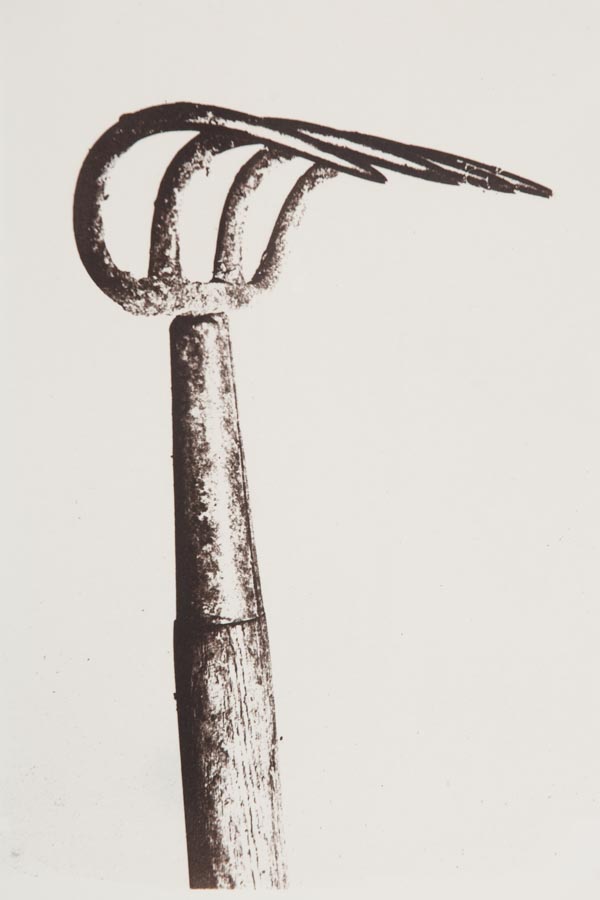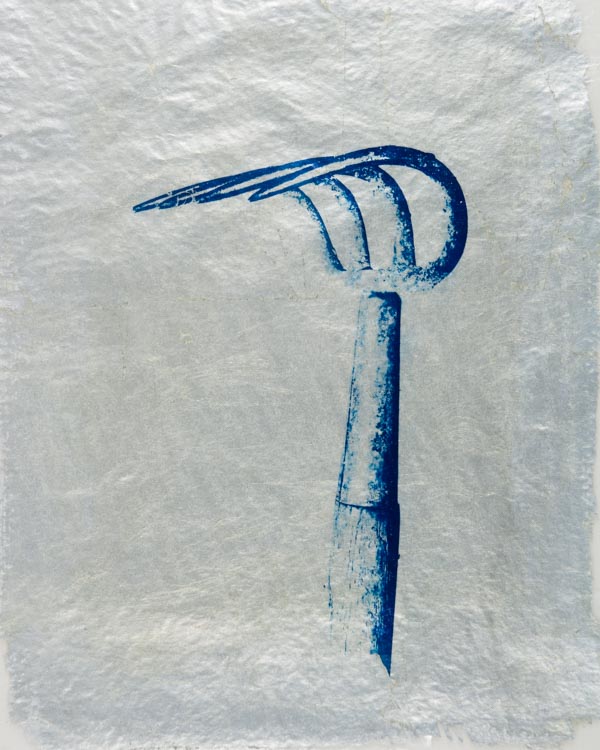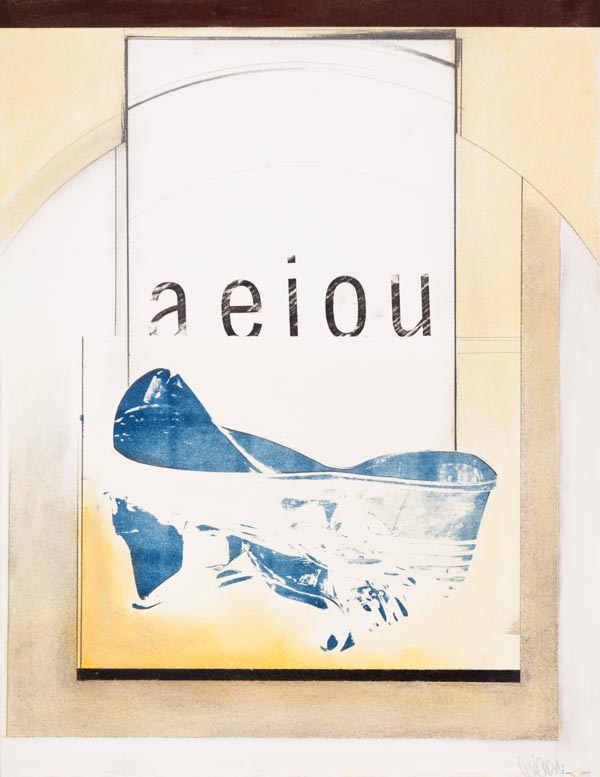Medium
Medium refers to the physical aspects of a photograph. As such, medium usually refers to a particular process. There are many and varied processes available, each giving a particular look or feel to the image. Many are considered alternative, and are processes which used to be commonplace, and have been revived for their unique look. Like genre, the following is not all-inclusive, but covers the more common media.
Projection Printing
Projection printing most commonly uses an enlarger to project a negative onto light-sensitive paper. There are also systems that produce a chromogenic print using lasers or LEDs from digital files.
The silver gelatin print is the most common analog medium available today. Silver gelatin describes black and white, wet process images. These are enlarged or contact printed from film negatives, onto photographic paper.
The basics of silver gelatin printing are quite simple to learn, but the variety within the medium is enormous. Simply changing the paper or film used can completely change an image. Different film/developer and paper/developer combinations produce a wide range of look and feel. Even changing the type of surface of paper, say from glossy to matte will significantly change the image.
Images can range in tonality from cool to warm.


Images can be grainy or very fine-grained, and range in size from very small and intimate to 42″ wide. There are enough combinations of materials and techniques to provide a nearly limitless variety of images. Included here is liquid emulsion, which can be coated on a wide variety of surfaces.
Contact Printing
Contact printing uses a negative (or sometimes a positive) the same size as the image, which is placed in contact with the substrate. Perhaps the most common, or widest used contact process is the platinum/palladium print, which has been used by such photographers as Alvin Langdon Coburn, Imogen Cunningham, Gertrude Kasebier, Irving Penn, Edward Steichen, Alfred Stieglitz, Paul Strand and Edward Weston.
Many other alternative processes use contact printing, including cyanotype (blue printing), vandyke (brown printing), gum bichromate, salted prints, and carbon printing. These processes can open a wide range of image making.

Fork, 2011
Vandyke print on Fabriano Artistico paper

Fork, 2012
Cyanotype on vellum, backed with metal leaf

Literacy I, 1997
Cyanotype, solvent transfer, pastel, graphite on watercolor paper